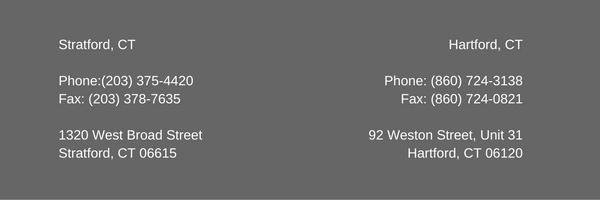
In the summer it is nice to be able to come home to a cool house but why is it hard to keep the top floor of your home as cool as the rest? This is mainly due to the fact that heat naturally rises which can be avoided through the proper design of your heating and cooling system along with some extra attention to your top floor. Continue reading this article by Tower Equipment Company for ways you can keep your home uniformly cool and lower your energy bills this summer.
If you have ever climbed a ladder in the summer you probably remember it feeling warmer at the top than the bottom. Although it may only be by a few degrees, with other added factors in a small space it can feel like a lot. Here are three common factors that add heat to already sweltering top floor:
- Natural Rise of Hot Air: Hot air is proven to naturally rise in order to try and escape in an enclosed space such as your home. Air constantly wants to move so when you turn on your air conditioning unit it quickly pushes hot air to do what it naturally does, rise. Unfortunately for you, this means the hot air will rise to your top floor which usually means your bedroom causing discomfort when you go to sleep. This issue also increases when your air conditioner is on the bottom floor of your home as the length of ductwork is extended to your top floor.
- Leaky or Unbalanced Ducts: If you have a multi-level home you know that there is a lot of ductwork is placed throughout to deliver air to every floor in your home regardless where your unit is located. Airflow to your ducts is very important so you must make sure all your duct’s are balanced and are in good condition to maximize coolness around your home.
- A Hot Roof: Your roof is the first point of contact with the sun absorbing a lot of solar heat. This heat will travel through your roof to the top floor of your home which will affect your bedroom if your room is upstairs.
Now that you know the top three reasons why your air conditioner is not working as well on your top floor, here are some things you can do to maximize your cooling upstairs:
- Use Ceiling Fans: Ceiling fans have been relied on for years to circulate the air in a room throughout your home while only using a small amount of energy. Fans force warm air down from the ceiling which helps that air circulate back into your vents to be cooled. Well circulated air will lower the temperature in your home quicker lowering your energy costs and allowing for there to be less wear and tear on your system.
- Adjusting The Bottom Floors Vents: In order to allow for more forced cool air to reach your top floor, you can adjust the vents or registers in each room. Partially closing them will force the air back into the ducts pushing it up to your top floor where your vents are wide open. This allows you to choose what rooms get more cool air than others and could be the solution to your hot top floor.
- High Efficiency LED Lighting: Old fluorescent lighting lets off a lot of heat and can quickly raise the temperature in your home, making high-efficiency light bulbs important this summer. They use less electricity and radiate less heat which could make a big difference this year to the top floor of your home.
Other More Permanent Solutions Are:
- Insulating Surroundings: Insulation will prevent heat from seeping down into your home along with your windows. If you find your top floor unrelentingly hot it may be time to look into your insulation. Replace windows with sealed, double insulated windows or add insulation to your roof to avoid this issue.
- Changing Air Conditioning Filters: Dirty filters can restrict air flow causing the air to not travel well in your home. If you find your home is heating up faster it could be the fact that you need to change your air filter. Typically you should change your filter every three months but it is different depending on your situation. Click here for a more detailed article on when to change your air filters.
If you are still having issues with balancing the temperature in your home Contact Tower today our professionals would be more than happy to talk out your issues with you!

0 Comments Leave a comment